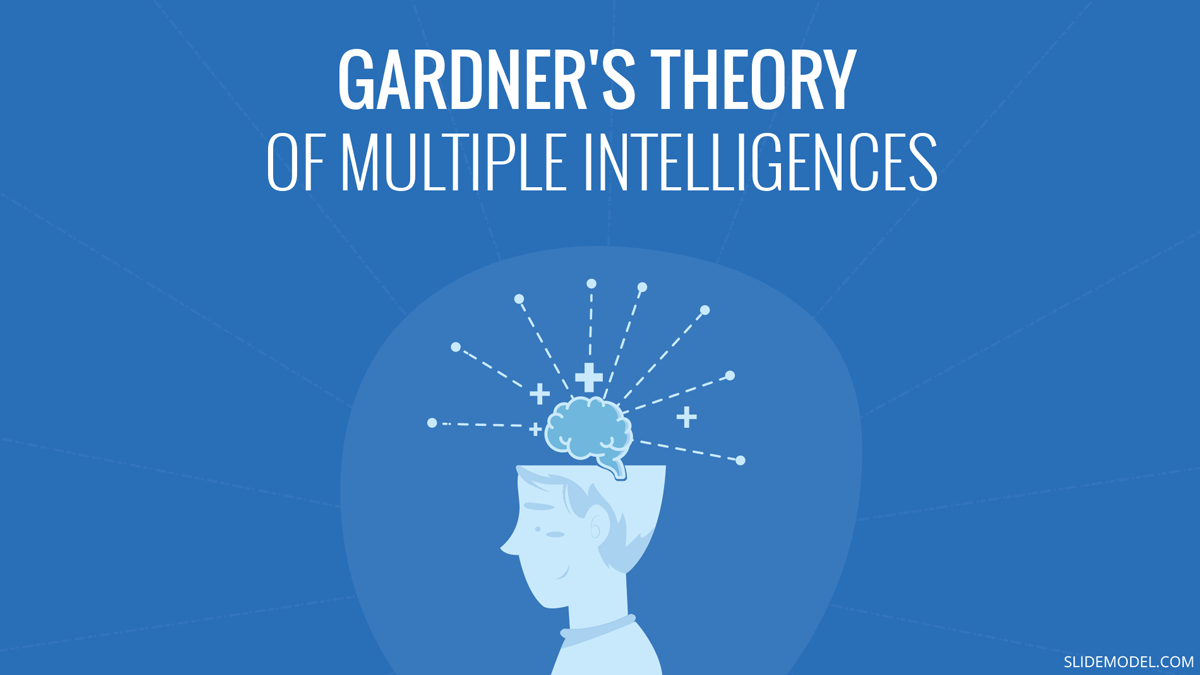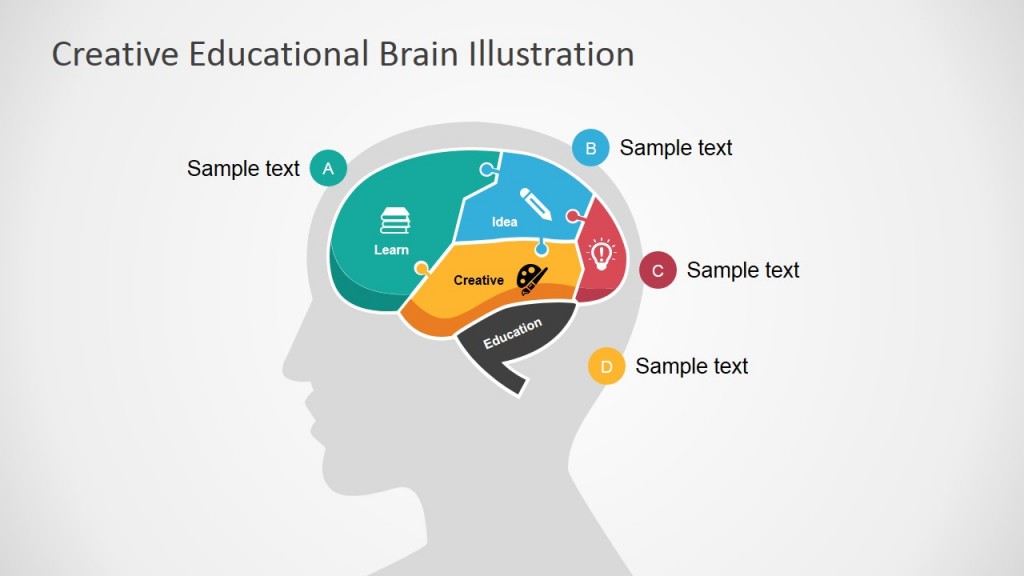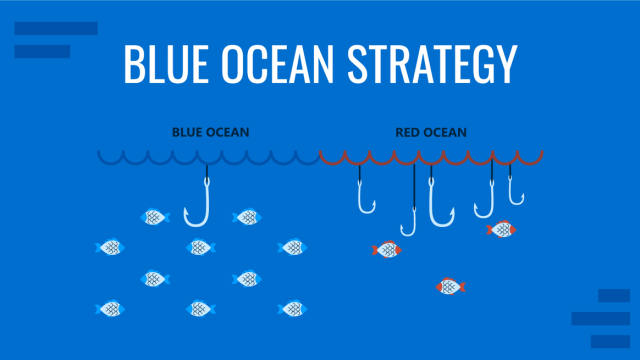
We learn problem-solving skills using puzzles, building blocks, board games, and outdoor games from an early age. From taking that first step to riding a bike and eventually driving a car or creating a PowerPoint presentation, there is an essential factor that comes into play: intelligence! We discussed the relationship between problem-solving and the roadblocks that affect us in a previous post about problem-solving strategies; this time, we will discuss the eight types of intelligence defined in a famous theory by Howard Gardner. In essence, Gardner’s Theory of Multiple Intelligences can help us better understand intelligence and improve our problem-solving capability.
Definition of Intelligence
Before we examine Gardner’s Theory of Multiple Intelligences, let’s take a look at a few standard dictionary definitions of ‘intelligence’:
“The ability to learn, understand, and make judgments or have opinions that are based on reason” – Cambridge Dictionary
“Capacity for learning, reasoning, understanding, and similar forms of mental activity; aptitude in grasping truths, relationships, facts, meanings, etc” – Dictionary.com
What is Gardner’s Theory of Multiple Intelligences?
Gardner’s Theory of Multiple Intelligences divides human intelligence into eight different types instead of looking at a single ability. He deemed intelligence as the biopsychological potential for processing information. The theory claims that human beings have different ways in which they process data, each being independent. The eight types of intelligence described by Gardner include: musical-rhythmic, visual-spatial, verbal-linguistic, logical-mathematical, bodily-kinesthetic, interpersonal, intrapersonal and naturalistic. In 2009, he also suggested two additional types of intelligence, namely, existential and moral.
Gardner’s theory differentiated intelligence in modalities and was proposed in his book published in 1983 ‘Frames of Mind: The Theory of Multiple Intelligences’. He suggested that his theory meant to ’empower learners’ and not limit them to a single learning modality. He has also emphasized the need to reform the way educational curriculums are created to help students focus on their true capabilities rather than going through a curriculum that is a mile wide and an inch deep.
8 Types of Intelligences Defined by Gardner
The eight types of human intelligence, according to Gardner, shape a person’s problem-solving capabilities. Let us take a look at each of these types in detail.
Related: Before you go through the 8 types of intelligence defined by Gardner, you might also find it helpful to see this article about Nine Personality Types of the Enneagram Model.

1. Musical-Rhythmic
According to Gardner, people who possess a high degree of musical intelligence have good thinking in rhythms, sounds, or patterns. Therefore, a person with higher musical-rhythmic intelligence can be a good musician, conductor, composer, singer, etc.
2. Visual-Spatial
People who possess better visual-spatial intelligence can visualize objects better, such as images, illustrations, maps, charts, videos, and the like. A few examples of suitable professions for such people might include working as an architect, photographer, interior designer, etc.
3. Verbal-Linguistic
When we look at teachers, writers, public speakers, newscasters, and actors, we usually see people with a high degree of verbal-linguistic intelligence. This type of intelligence enables people to master the use of words, both verbally and in written form.
4. Logical-Mathematical
Some people can solve complex math problems in minutes or even seconds, whereas; others find it hard to grasp them even after spending a long time pondering how they work. A high degree of logical-mathematical intelligence makes it possible for some people to be good at logical and mathematical skills, ranging from scientists to mathematicians and accountants.
5. Bodily-Kinesthetic
Farmers, mechanics, carpenters, dancers, and athletes possess good hand-eye coordination and agility. According to Gardner’s model, such people have high bodily-kinesthetic intelligence.
6. Interpersonal
People with good interpersonal intelligence are proficient at coaching, customer service, mental health counseling, sales, etc. This type of intelligence enables better public dealing, as these people can better evaluate other people’s emotions, moods, desires, and motivations.
7. Intrapersonal
People with better intrapersonal intelligence like to better understand and evaluate their own emotions, motivations, and relationship with others. Someone with a high degree of intelligence can be a good author, philosopher, or entrepreneur. Better intrapersonal intelligence leads to introspection. Self-evaluation can enable people to explore their philosophical side and explore things from a lens that gives them depth in understanding things.
8. Naturalistic
Biologists, gardeners, farmers, animal trainers, and geologists have an in-depth understanding of nature. These people have real intelligence that allows them to be in tune with nature.
Gardner’s Theory of Multiple Intelligences and Education
Gardner believes that people should be taught in school to help them reach their vocational and avocational goals following their spectrum of intelligence. Gardner, in an interview, mentioned that he is now considering adding teaching-pedagogical intelligence, which is the ability to teach other people successfully.
While several books have been written on the application of Gardner’s theory in education and many schools have adopted it for educational use, Gardner himself has criticized the way his theory has been used in education. His vision is more in line with making use of specific types of capabilities of individuals. He believes in not generic curriculums and teaching methods for students because it results in people forgetting most of what they have been taught after their degree is complete.
Gardner’s Theory of Multiple Intelligences and Business
Companies that have made good use of their employees’ capabilities have been one of the biggest innovators in recent years. Google has a 20% policy by which it allows its employees to use 20% of their paid time for personal projects. This has led to many successful projects resulting in the world’s top services such as Gmail, Google AdSense, and Google News. Similarly, the Adobe Kickstart initiative allows employees to get a $1,000 credit card to build prototypes which are then pitched to executives. Even if a single executive gives the green signal, the prototype moves to the next level of testing and funding.
When creating presentations for online webinars, meetings, or huddles, it’s a good idea to analyze how your audience will understand the information according to their type of intelligence and learning model.
Gardner’s Theory of Multiple Intelligences and Leadership
The world’s most successful entrepreneurs did not reach their prestigious positions by accident. We can argue that Steve Jobs had high visual-spatial intelligence that allowed him to revolutionize the world of computing. Steve Jobs also believed in empowering employees; he thought it was no use to hire smart people to give them strict instructions. Instead, he believed that hiring talented individuals entailed allowing them to tell the company what to do. He once said, “It doesn’t make sense to hire smart people and tell them what to do; we hire smart people so they can tell us what to do”.
Leaders can use Gardner’s Theory of Multiple Intelligences to allocate tasks, encourage their team members to focus on what they are best at and promote their creativity. Leaders that can rise above their insecurities are true leaders, who can uplift a team to perform at its best.
Related: Leadership Styles: What Type of Style Should You Adopt?
Final Words
Gardner’s Theory of Multiple Intelligences is likely to expand shortly with new forms of intelligence added to it, most likely by Gardner himself. While there has been much criticism of the theory over the years, it is a widely used theory with a wide range of applications, particularly in education and teaching. This is not to say that the approach cannot be used for other professions and spheres of life. While there has been much debate about the empirical evidence needed to support the theory, none of us can deny that some people are naturally geared towards specific skills than others. Measuring people’s capabilities, inclinations towards a line of work, or a particular type of knowledge can enable them to perform academically and professionally by using their spectrum of intelligence.
Companies like Google, Amazon, Apple, and Adobe are a few examples of how people can enable companies to grow by making the best use of their spectrum of intelligence. While people possess more than one type of intelligence, according to Gardner, his emphasis seems to enable people to unlock their true potential. To allow people to do that, educational institutes have a considerable role to play; to help students add more depth to their studies, even if it reduces the curriculum to suit students’ skills, aspirations, and capabilities.



